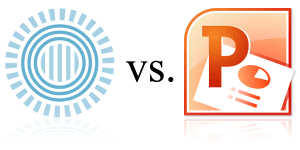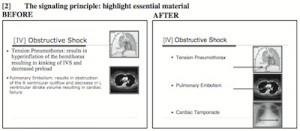There are countless resources and reputable medical journals out there in the world that would provide patients with everything they need – information from how to tackle the seasonal flu to managing side effects after being injected with ketamine for surgery. There are countless brochures, booklets, and instruction manuals that guide patients through critical information at any point during a treatment process.
But – the problem is, these don’t get read. It is the standard “tl;dr” – too long, didn’t read – phenomenon.
Health literacy is apart of the issue, but the visual impact of the message is critical as well. After 15 weeks of using research and feedback for creating an ePatient intervention in the Medial Media Arts Lab – it has come to be blatantly obvious that design can be what makes or breaks a product. Sometimes, visual attractiveness will win over efficiency.
Looking through different infographics and flowcharts about the healthcare system, I came to stumble upon the Robert Wood Johnson Foundation’s Visualizing Health project. This project attempts to help healthcare providers chose the best method for displaying health statistics in a manner that will be easy for the health consumer to understand.
Their main gallery tool – Wizard – displays a whole database of images that you can choose from depending on what type of information you are trying to convey. You can select from a wide variety of images and read information about what specific factors made that particular image powerful, and how successful it was in conveying the information it set out to address.
Here are a couple examples:




This website is a great resource for students and professionals alike, and can very well be applied to areas outside of health and patient care.
Communication is key to any service job, and especially to medicine because sometimes healthcare providers and their consumers just seem to speak two different languages. To play the cliché – a picture is worth a thousand words – the right picture in the right scenario just might be the intervention we need to push patients to be a little more engaged, educated, and involved in their treatment.
Passive medicine is easy to find, but through resources like these and new technologies incorporating the patient more into healthcare decisions, we are slowly but surely overriding this attitude. If patients feel more confident in the way they are able to accept and understand information, they should feel more confident walking into the physician’s office and conveying their opinions about clinical treatment. Passivity is the first thing to break when trying to bring about new engagement in patients, and if pictures are the answer – then let’s get drawing!





